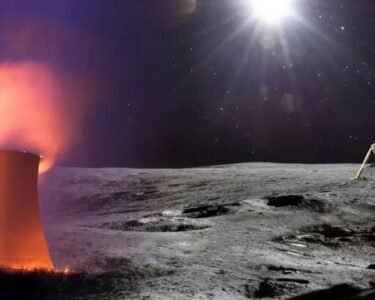There’s growing chatter in scientific circles suggesting that China might be constructing what could become the world’s largest ground-based telescope.
Fueling these rumors is a social media post from the state-owned Nanjing Astronomical Instruments company, which recently announced winning a $22 million contract to build a dome capable of housing a 48-foot telescope. Adding to the speculation, students who toured a research facility back in April mentioned seeing mirror setups consistent with a large observatory in development.
A Race Against Time?
A well-known Chinese astronomer has hinted that completing this major project is a personal goal before his retirement. If true, such an observatory would be a serious milestone—potentially shifting the balance in astronomical research and giving China a technological edge over its international peers. However, the Chinese government has remained tight-lipped, offering no official statements—a silence that’s notable given the project’s magnitude.
Military Speculation
The potential scale of the telescope has also sparked conversations around its possible dual uses. Matt Mountain, who leads the non-profit managing NASA’s observatories, pointed out that such instruments often serve both academic and strategic purposes. He also suggested that beyond scientific gains, the telescope might be aimed at inspiring China’s next generation to pursue STEM fields—with an eye on outpacing the U.S. in the long run.
Ground-Based Telescopes Still Matter
Despite space observatories like the James Webb Telescope grabbing headlines, ground-based systems continue to be crucial. They’re easier to maintain and can be built larger—making up for drawbacks like atmospheric interference. Large telescopes also allow astronomers to capture clearer images and make more precise calculations about distances in deep space, potentially leading to the discovery of new Earth-like planets.
Size Wars
If China completes its 48-foot telescope before others finish theirs, it could claim the top spot. However, two competitors are in the race: the European Extremely Large Telescope (128-foot) in Chile—which has faced delays—and the Thirty Meter Telescope (98-foot) planned for Hawaii’s Mauna Kea, led by an international team including U.S., Canadian, Indian, and Japanese scientists. These large mirrors are often made from multiple hexagonal segments to simplify transport and construction.
Funding and Politics
Astronomer Robert Kirshner, one of the Thirty Meter Telescope project’s key voices, recently learned from Chinese-speaking colleagues that a telescope site was under construction on the Tibetan Plateau. He brought this to U.S. policymakers in Washington as part of a renewed push for project funding. While former President Trump once proposed major budget cuts for the National Science Foundation, a Senate committee later stepped in with continued support for both the Thirty Meter Telescope and the Giant Magellan Telescope.
Image Source: Google
Image Credit: Respective Owner




